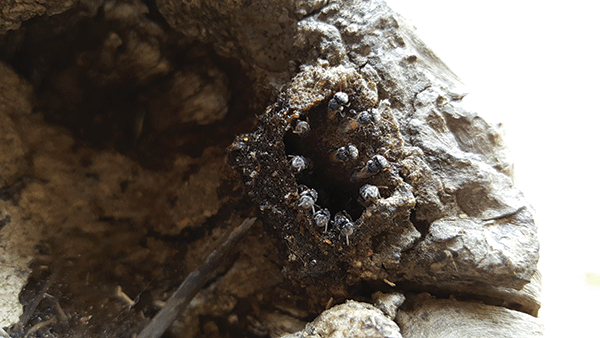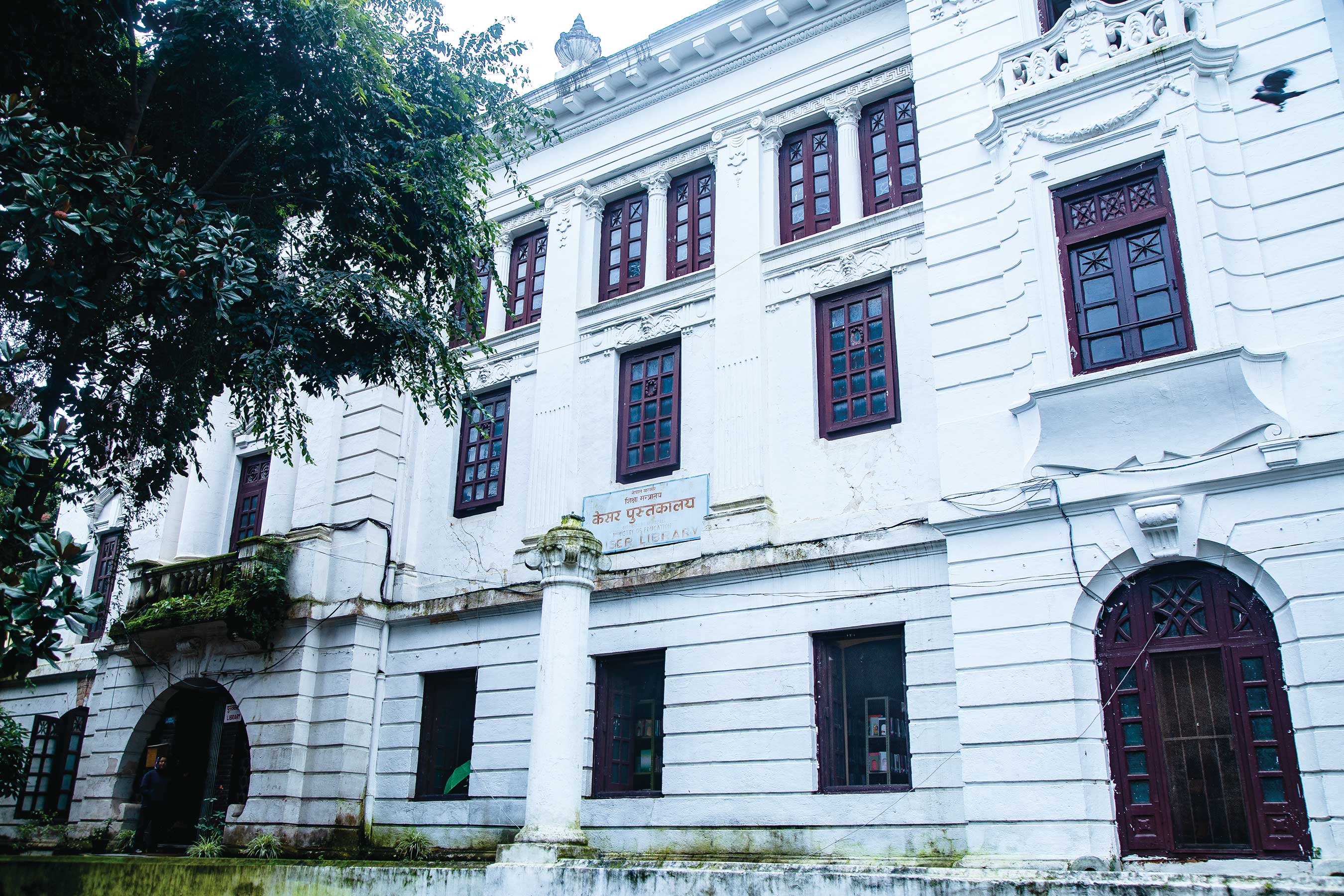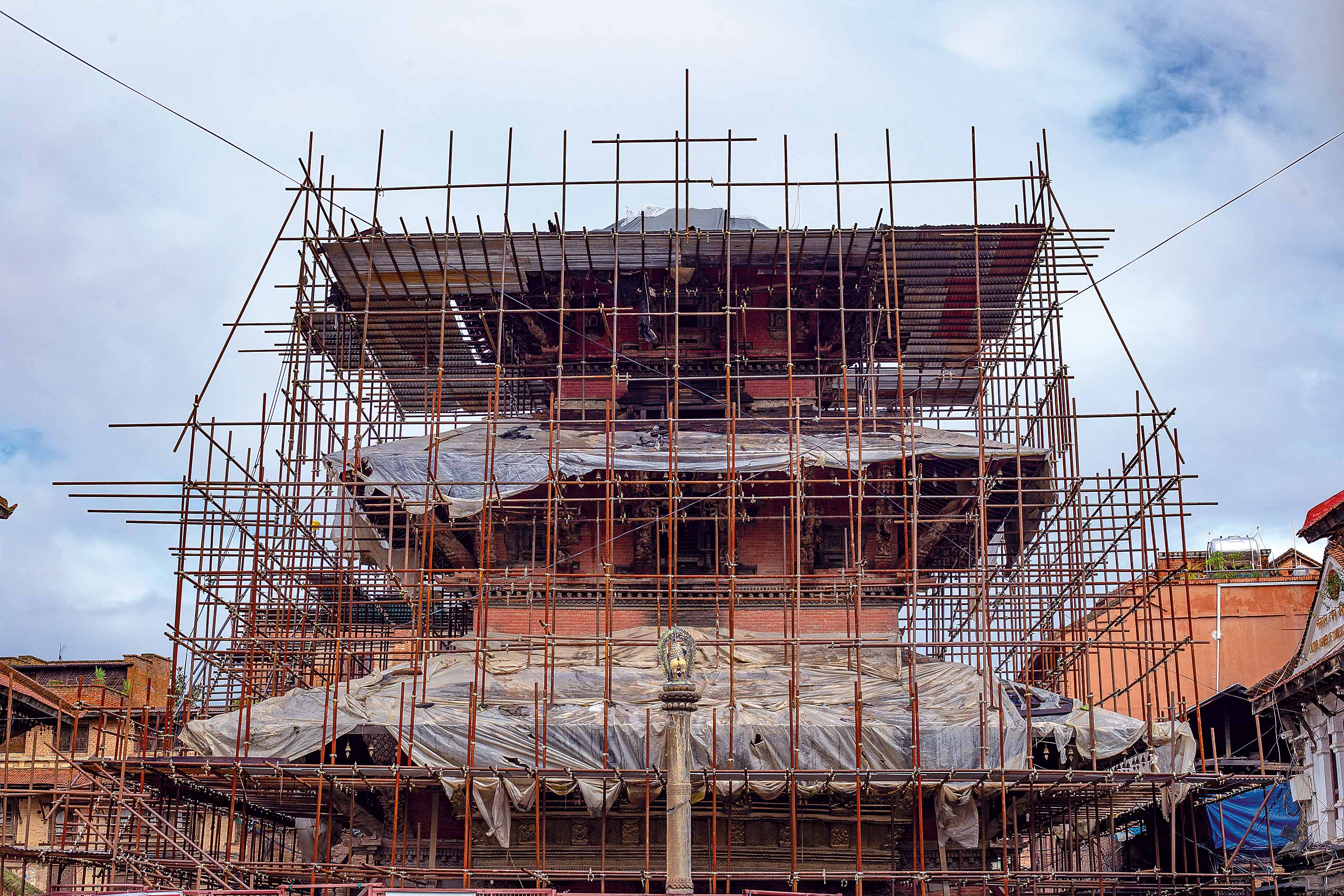When I first got the book Kusunda Tribe and Dictionary in my hands, I couldn’t put it down without completing the chapters talking about the Kusundas and their way of life. I had no idea that Kusunda is an isolated language, which means it's not related to any other languages in the world. And it was sad to learn that there are only two fluent speakers left: Gyani Maiya Sen Kusunda who is in her mid-eighties, and her sister Kamala Sen Khatri, in her fifties.
After finding out about the importance of saving the language, I emailed the author of the book, Uday Raj Aale, and we became virtual friends. Then one day, I had chance to meet with lanky and amicable Uday, who hails from Dang District. According to Uday and field researchers, although the Central Bureau of Statistics data shows the population of Kusundas as 273, only 150 Kusundas live in the Dang, Rolpa, Pyuthan, Arghakhanchi, and Surkhet districts of Nepal. With Uday’s help, I visited Gyani Maiya Sen to learn more about the Kusundas. Let me share some interesting things I found at Gyani Maiya’s house in Kulmor Village, Dang District.
Although Gyani Maiya has built a new concrete house, the old mud house where she spent most of her time still looked more beautiful than the new house. Painted with yellow and red clay, the house with a simple wooden door had a row of daily use items like an aluminium kettle, a clay kerosene lamp, and some plastic and tin containers lined up by its side. Despite looking archaic they were still used regularly by Gyani Maiya’s family.
Talking with Gyani Maiya about their community’s culture and traditions, she told us that they avoid eating animals with hooves but love eating ones with claws. According to Uday, they avoid even touching cattle, including goats and pigs. However, eating birds is popular and pheasant is their favourite. I could see a hen and some chicks running by in her yard.
Since a monitor lizard also has claws, it is their preferred hunt. They need to present its egg and meat, along with clothes and money to the would-be bride's family. It’s difficult even to initiate a conversation about marriage if they can’t find a monitor lizard egg. And monitor lizard meat is a must-have delicacy at a Kusunda marriage ceremony.

.gif)
When Uday asked Gyani Maiya about the Kusundas’ hunting and gathering skills, she brought out a tangled bulk of cords. The mesh of cords was a snare to trap jungle fowl and the bag meant for carrying the trapped birds. Made from cords extracted from wild creepers, the snare is called aant and the bag aamji in the Kusunda language. To trap a pheasant, they tie the snare between two trees, hide nearby and make sounds like pheasants by putting cycas leaves between their lips. Following the noises, the birds pass through the trees, where they get trapped in the snare.
While we were busy documenting the special words of the Kusunda language, I could see a swarm of tiny insects heading to a small hole in a wooden log hung by the side of the house. The small insects, neither honey bees nor houseflies, are called putka and yield a honey-like sweet substance.
Gyani Maiya then took us to her kitchen garden and showed us the yams she had planted. Yams are a favourite food among the community. Gyani Maiya also introduced with her granddaughter, Rakshya, who spoke Nepali but didn’t speak her mother tongue. Not only Rakshya but most of the young Kusundas don’t speak their language. So, together with the Language Commission Uday has already started conducting classes for people interested in learning the Kusunda language. Happily, due to these efforts, more young Kusundas are learning their language—once thought to be moribund, there is now hope for its resurgence.
.gif)


More than just your usual lapel pins
The lapel pin is a men’s accessory worn on the lapel of the jacket which serves as a...











